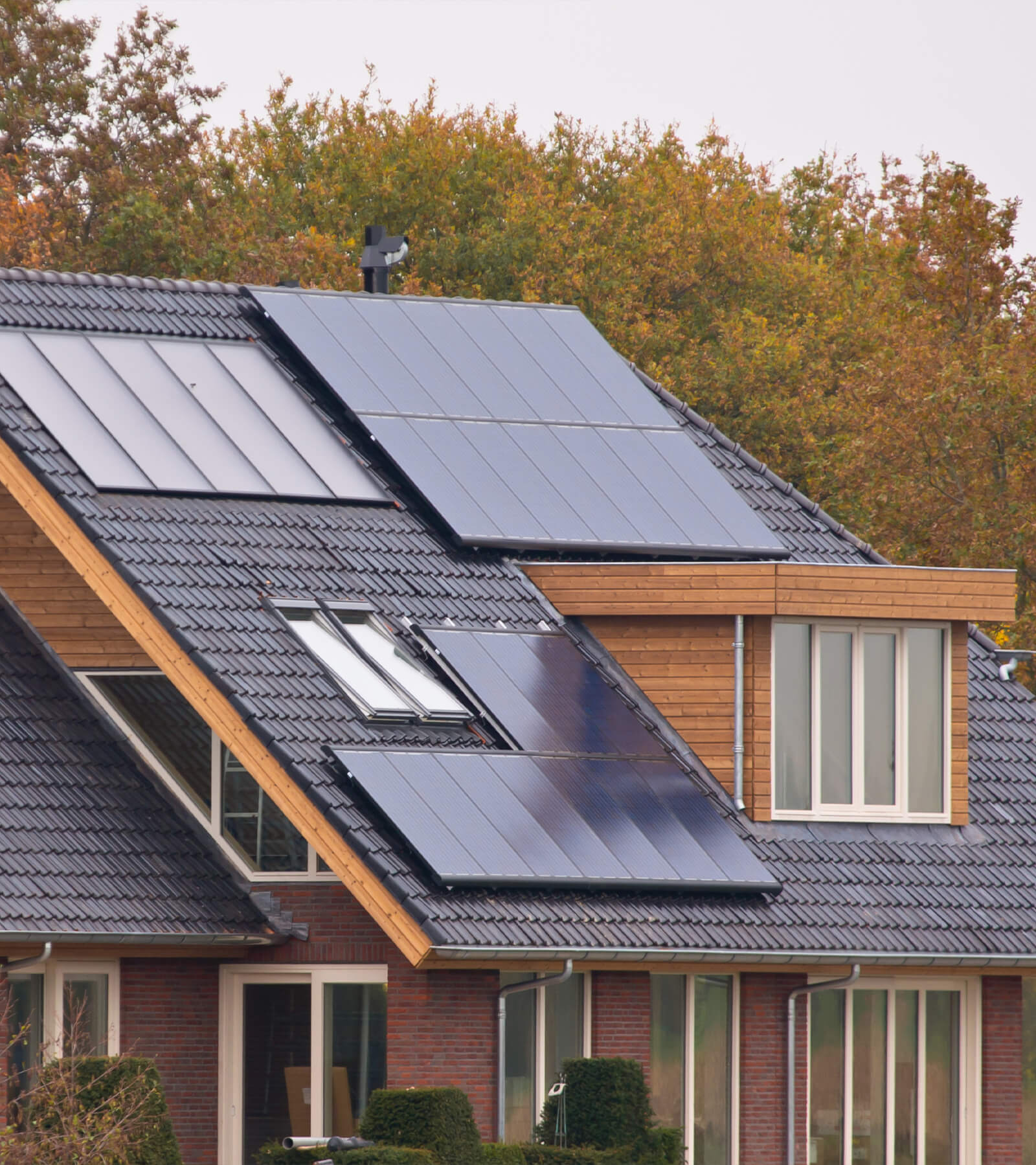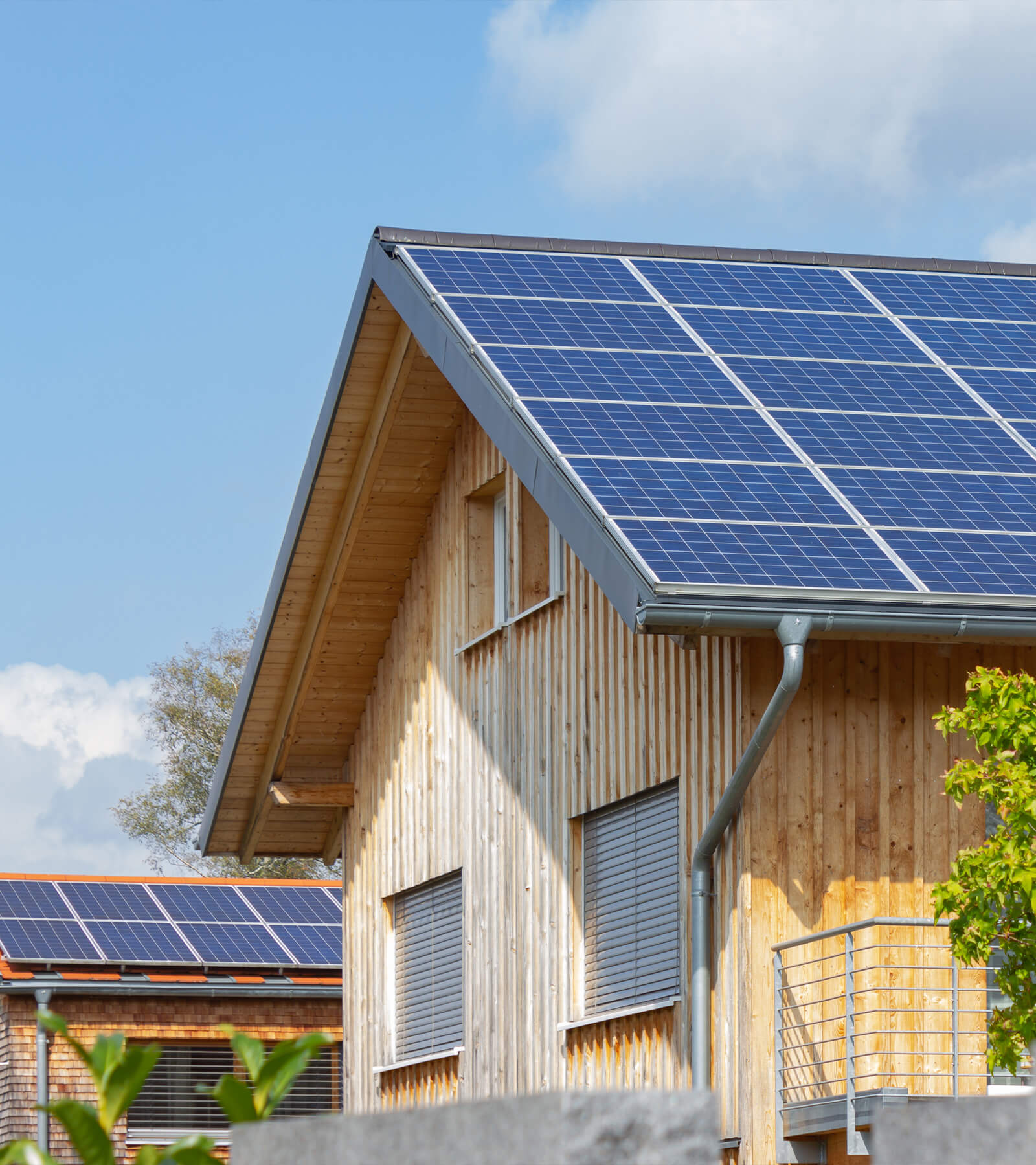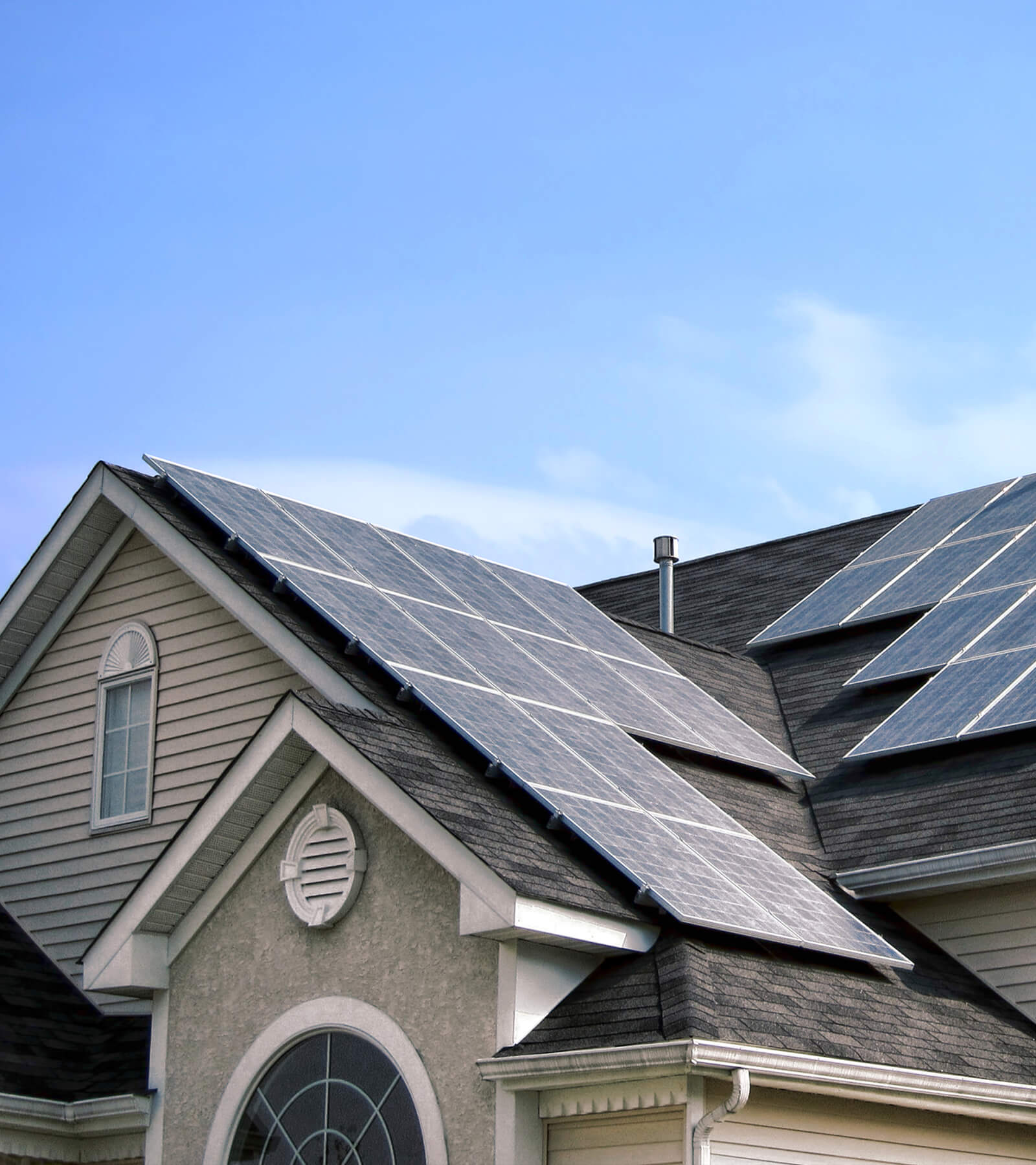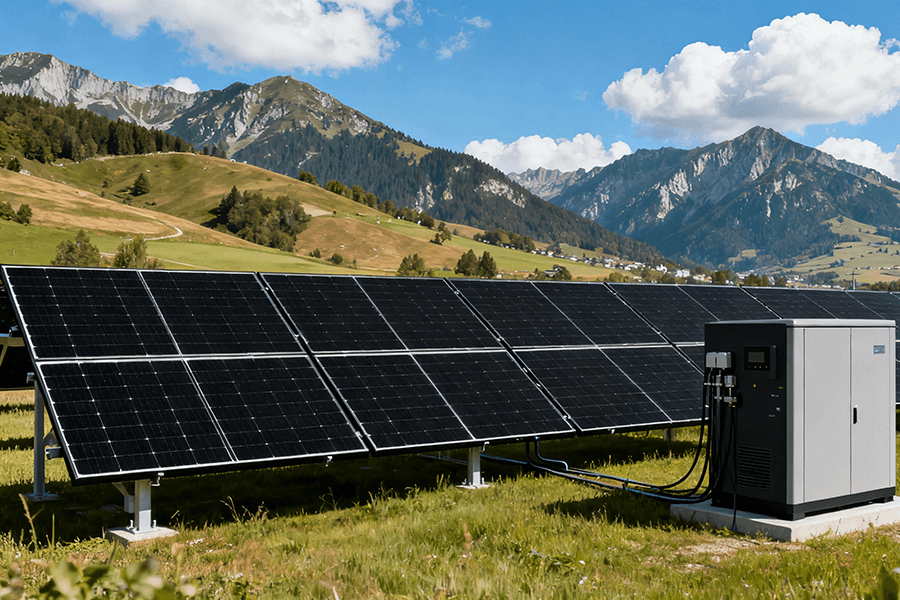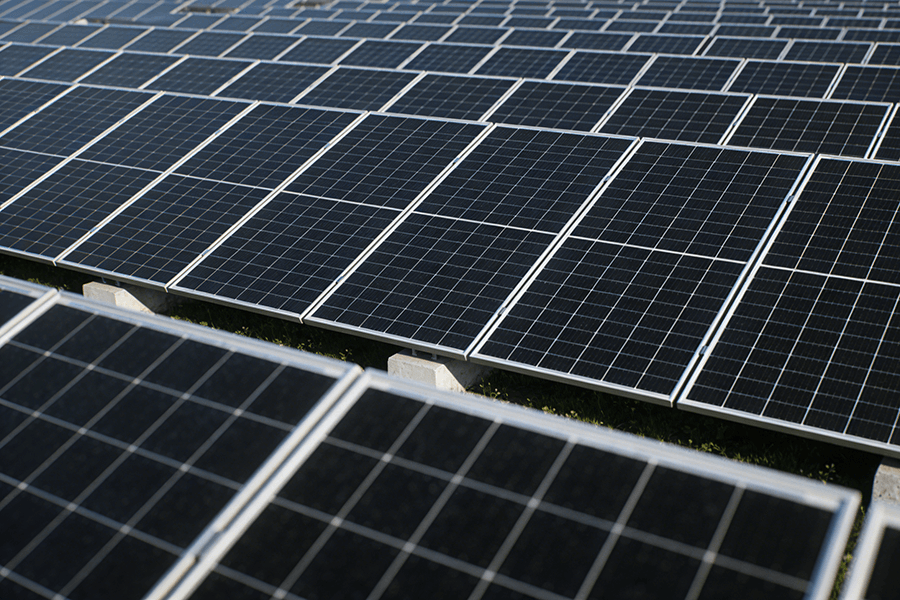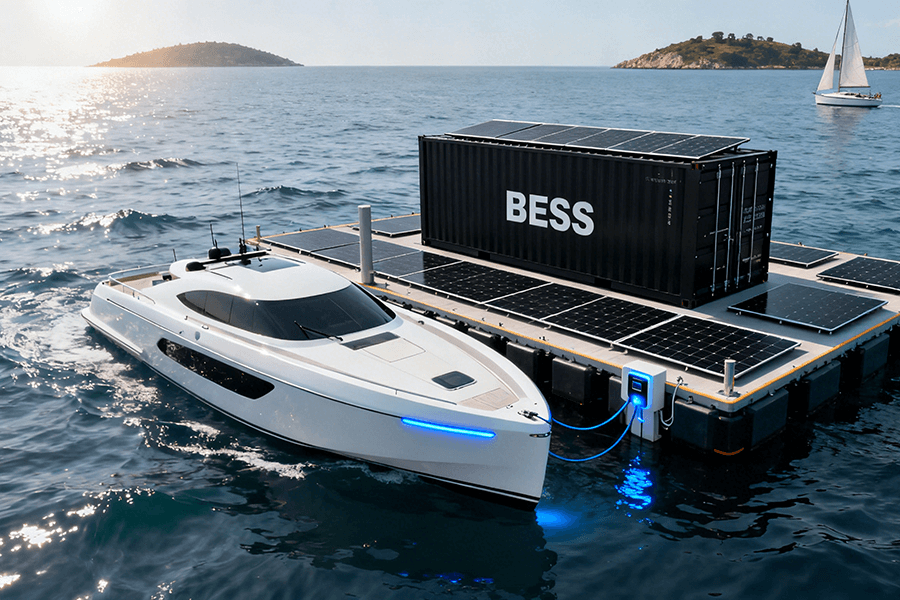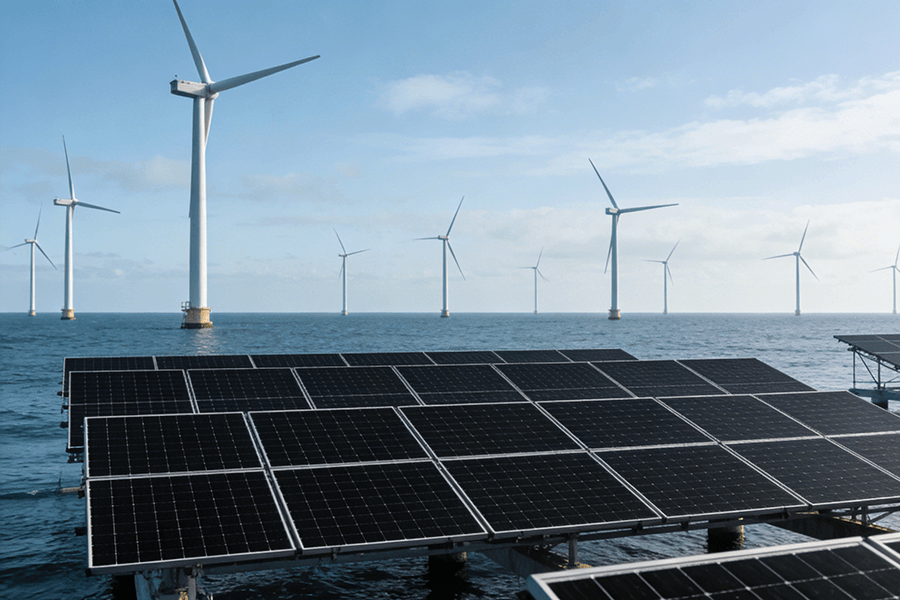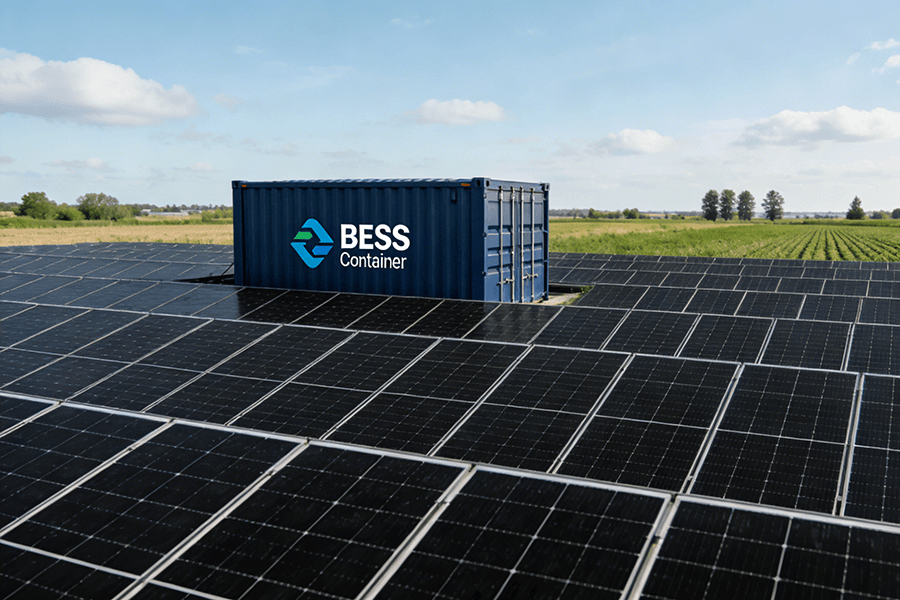Transitioning to a commercial solar system is a strategic decision for businesses seeking to reduce energy costs, improve sustainability, and enhance operational resilience.
However, selecting the right solar solution requires careful planning and evaluation. In this guide, we break down the critical steps to help businesses in Europe and beyond make informed decisions.
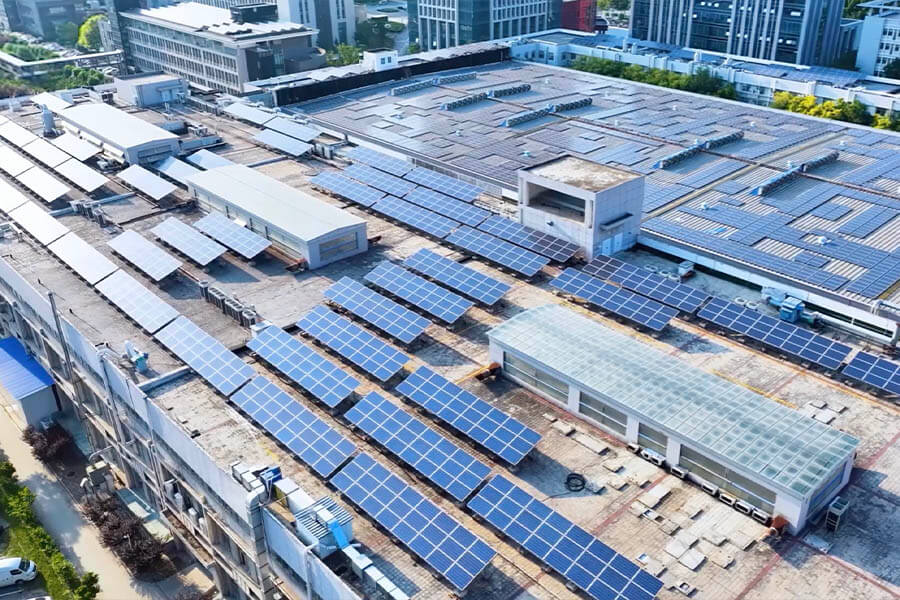
Why Invest in a Commercial Solar System?
- Cost Savings: Reduce energy bills by generating your own electricity.
- Energy Independence: Decrease reliance on the grid and mitigate exposure to fluctuating energy prices.
- Environmental Impact: Lower your carbon footprint and meet corporate sustainability goals.
- Incentives: Take advantage of European government subsidies, tax breaks, and feed-in tariffs.
Key Steps to Selecting the Right Commercial Solar System
Step 1: Conduct an Energy Assessment
Why It Matters
Understanding your current and future energy needs is the foundation of a successful solar installation. Accurate data ensures that the system is neither over- nor under-designed.
How to Perform an Assessment
Analyze Energy Bills: Collect data from the past 12 months to determine average monthly consumption and peak demand.
- Example:
| Month | Energy Usage (kWh) | Electricity Cost (€) |
|---|---|---|
| January | 40,000 | 7,200 |
| February | 38,000 | 6,840 |
| … | … | … |
| Total | 480,000 | 86,400 |
- Annual consumption: 480,000 kWh, average monthly usage: 40,000 kWh.
Identify Peak Usage: Understand when energy consumption is highest (e.g., daytime or nighttime).
- Example: Peak load is 180 kW during operational hours.
Evaluate Future Needs: Consider business expansion or additional energy requirements (e.g., new equipment).
Output
A clear profile of energy usage patterns and a baseline for system design.
Step 2: Determine Budget and System Size
Establishing a Budget
- Initial Costs: Include panels, inverters, installation, and optional storage.
- Operational Savings: Calculate potential savings by offsetting grid electricity.
- Incentives: Investigate local subsidies and tax benefits.
Sizing Your System
| Parameter | Example Value | Notes |
|---|---|---|
| Monthly Energy Demand (kWh) | 40,000 | Based on past 12 months of bills. |
| Average Sunlight Hours | 5 (Southern Europe) | Varies by region (e.g., 3-4 in Northern Europe). |
| Required System Size (kW) | 40,000 / (30 × 5) = 266.7 kW | Factor in 15% losses for accurate sizing. |
Final Calculation
Adjust for 15% losses: 266.7 × 1.15 = 306 kW system size.
Step 3: Consult a Trusted Supplier
Why Choose Maxbo?
As a one-stop solar solutions provider, Maxbo offers:
- High-efficiency panels (e.g., 600W+ for commercial use).
- Comprehensive system design and installation.
- Expertise in European regulations and incentives.
Questions to Ask Suppliers
- What is the panel efficiency and expected lifespan?
- Are monitoring systems included?
- How will you ensure compliance with local regulations?
- What is the total cost breakdown, including maintenance?
Step 4: Compare Proposals
Key Metrics for Evaluation
| Metric | Calculation | Example |
|---|---|---|
| Cost per Watt (€/W) | Total Cost (€) / System Size (W) | €500,000 / 306,000 = €1.63 |
| ROI (Months) | Total Cost (€) / Monthly Savings (€) | €500,000 / €6,500 ≈ 77 |
| Energy Offset (%) | Solar Generation (kWh) / Monthly Demand (kWh) × 100 | 42,000 / 40,000 × 100 ≈ 105% |
| Warranty Coverage | Warranty Period (Years) | 25 years for panels, 10 for inverters. |
Step 5: Sign the Contract and Implement the System
Steps to Installation
- Design Approval: Finalize the layout and technical specifications.
- Permitting: Secure necessary approvals for grid connection and construction.
- Installation Timeline: Coordinate with the supplier to minimize disruption.
- Testing and Commissioning: Ensure the system meets performance expectations.
Maintenance Plan
- Schedule regular inspections for panels and inverters.
- Monitor system performance using online platforms.
European Considerations for Commercial Solar Systems
Regional Sunlight Variability
| Region | Average Sunlight Hours | Impact on System Size |
|---|---|---|
| Southern Europe | 5-6 | Smaller system needed for same output. |
| Northern Europe | 3-4 | Larger system needed to compensate. |
| Central Europe | 4-5 | Moderate system size required. |
Policy Incentives
- Feed-in Tariffs: Payments for surplus electricity exported to the grid.
- Net Metering: Credits to offset grid electricity costs.
- Grants and Tax Reductions: Support for businesses investing in renewable energy.
Conclusion: Your Path to Commercial Solar Success
Investing in a commercial solar system is a forward-thinking move that delivers financial savings and environmental benefits. By following these steps and leveraging detailed calculations, you can confidently select a system tailored to your needs. At Maxbo, we simplify this process with our end-to-end solar solutions, ensuring you maximize your investment.
Contact Maxbo today to start your journey toward sustainable energy and a brighter future for your business.
Website: www.maxbo-solar.com
Email: [email protected]
Solar System Price for Home Solar System Price for Home Solar System Price for Home Solar System Price for Home Solar System Price for Home Solar System Price for Home Solar System Price for Home Solar System Price for Home Solar System Price for Hom
Solar System Price for Home Solar System Price for Home Solar System Price for Home Solar System Price for Home Solar System Price for Home Solar System Price for Home Solar System Price for Home Solar System Price for Home

